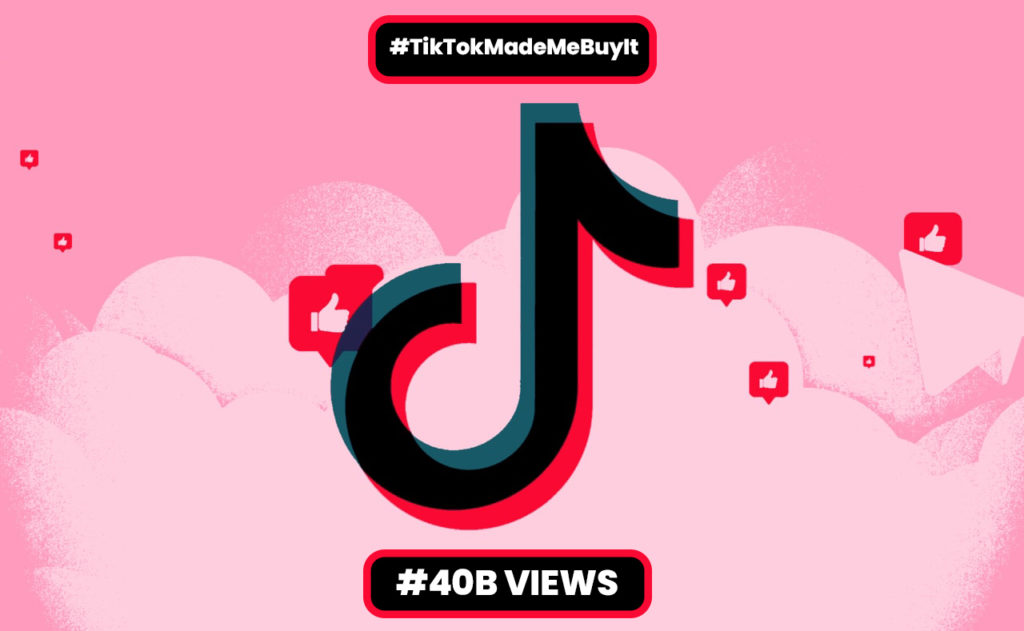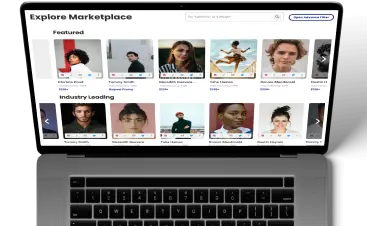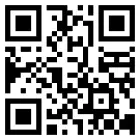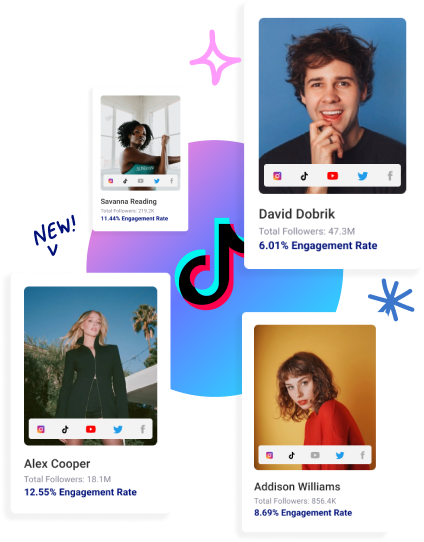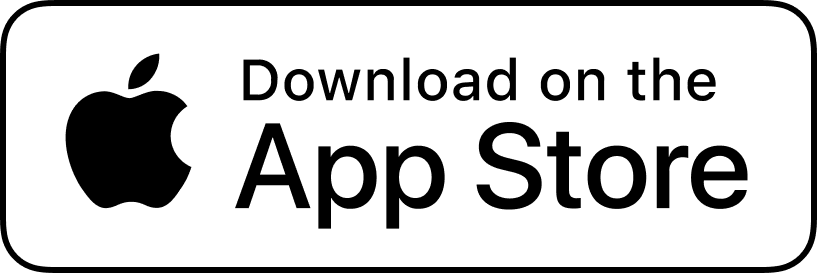It pays to sell on TikTok—financially and socially. TikTok’s ability to influence consumer buying habits is unmatched and lighting up the retail landscape. As the fastest-growing social media platform, TikTok has become a key driver in fast-tracking brand growth. At the intersection of commerce and entertainment, TikTok replaces the marketing funnel with the ‘infinite loop’. This infinite loop has given way to the infinitely popular hashtag #TikTokMadeMeBuyIt.
The hashtag has amassed over 40 billion views, which has more than doubled since July, 2022, and the influence of those four words has transcended the digital space into brick-and-mortar stores. With retailers like Amazon and Barnes & Noble dedicating sections to #TikTokMadeMeBuyIt (“Internet Famous” and “BookTok” respectively), TikTok has become an authority on what’s worth paying attention to and money on. #TikTokMadeMeBuyIt may be reminiscent of the old marketing adage ‘As Seen on TV,’ but the impact it has had on consumer culture far outweighs anything seen before.
TikTok Made It Sell Out
TikTok is a direct path to purchase for many consumers. It only takes one post for a brand to go viral on TikTok. From novelty items to household essentials, TikTok does not discriminate against the types of products it makes people buy. Products that fall under this hashtag often sell out, as shown by the global feta cheese shortage sparked by a #TikTokMadeMeBuyIt pasta recipe.
Sustainable brand Flora Flora flourished overnight for similar, yet slightly different reasons after sharing an experience on TikTok in which they declined a major retailer over a clash of values. Their refusal to compromise brand integrity for perceived success led to their post going viral and their inventory selling out in hours. By engaging users with a feel-good story, Flora Flora was able to connect with the community in a way that made them feel good about buying Flora Flora products.
The phenomenon of #TikTokMadeMeBuyIt holds the power to transform any brand in a flash by means of community commerce. TikTok is trusted by consumers as it is powered by them, and brands are in turn empowered through the conversations these consumers stimulate. Businesses are capitalizing on this buzz by constructing sections in stores and online for products that have gone viral on the app. The addition of a #TikTokMadeMeBuyIt shelf is a surefire way for products to fly off it. Many brands are even partnering with TikTok to display its logo on their viral products. For brands who have not yet done so, it is paramount they use the powerful hashtag on products, pages, and shelves where applicable.
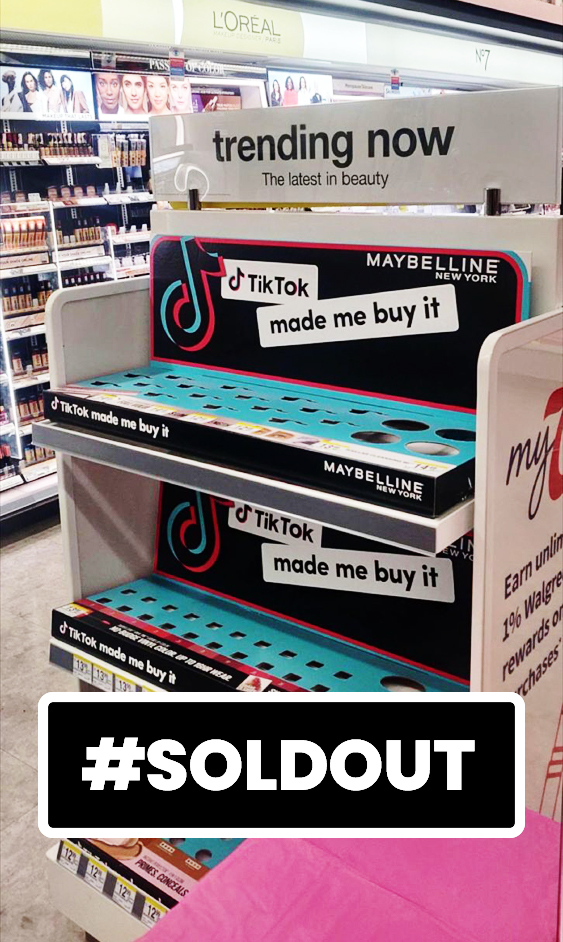
Advertainment
Brands who succeed on TikTok don’t sell—they entertain. Similar to TikTok’s infinite loop, advertainment combines the strengths of advertisement and entertainment. The most notable example of advertainment that continues to be employed today—albeit not in the way it once prevailed—is product placement. Product placement is embedded marketing that showcases real products being used by fictional characters in movies and television. Consumers are more likely to buy a product featured on screen with their favorite character than one promoted by an unknown actor in a commercial or ad. The psychology behind this is the same one responsible for the surge of influencer marketing, and it is one that leverages parasocial interaction, or the one-sided relationship between an audience member and a performer (or a follower and a creator).
@mrsalexsanz Things that I didn’t know that I needed but TikTok made me buy! #amazonmusthaves #amazonmademebuyit #tiktokmademebuyit #tiktokmademedoit #amazonhaul
Gen Z Generate Sales
Gen Z consumers admire creators, with many of them being creators themselves. Creators make content because it’s fun to watch, not because they are trying to peddle products. With a constant need to be doing the latest and the greatest things—no matter how big or small those things may be—Gen Z defers to creators to lead the way. If a creator’s got it, Gen z wants it. The influence of creator culture on Gen Z spending is unparalleled. The ease of accessibility and the ability to buy things from a post means sales are a tap away for brands and purchases are instantly gratifying for users. Thanks to TikTok, Gen Z has a large say in which products stay and which ones go away.
Gen Z also holds tremendous buying power—$360B worth to be exact. Their influence does not stop there; they have been shown to sway the spending habits of Gen X, Boomers, and Millennials—or their grandparents, parents, and older peers. Millennial influencer Trishas Paytas highlighted this when she showcased a TikTok purchase inspired by Gen Z with an on-screen title that reads, “TikTok convincing me to spend $40 on an ugly mug that isn’t even Starbucks.”
In order to tap into this worldwide trend, consumer packaged good brands jumped to changing their packaging mid 2022. L’Oreal, amid partner brands Garnier and Mabelline were one of the first brands to use the #TIkTokMadeMeBuyIt hashtag in its new branding for ecommerce and retail products. This shows the value the Gen Z consumer behavior driving social commerce in real time.
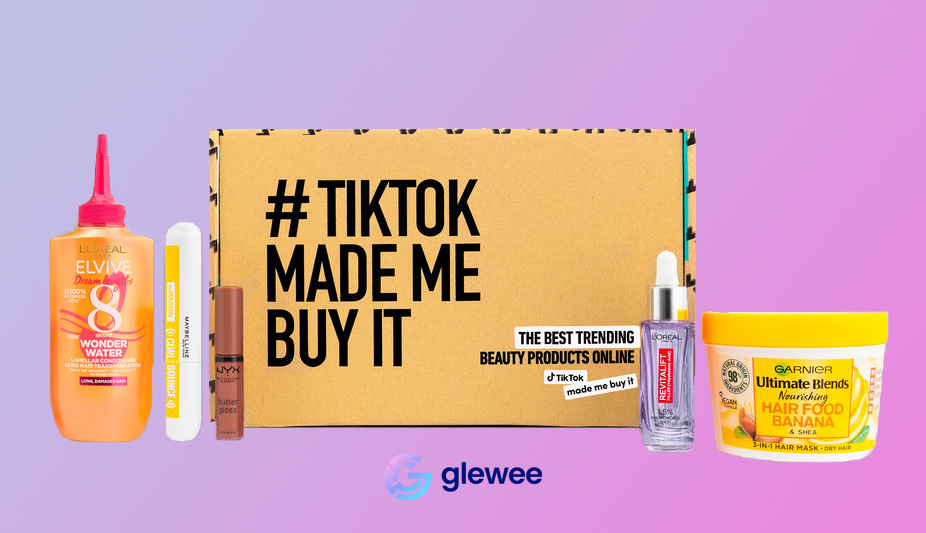
In a study conducted by TikTok, consumers are spending more money than ever on products they are seeing online. When thinking about how to incorporate TikTok Creators into your strategy, take the following stats into account:
-
73% of TikTok users feel a deeper connection to brands they interact with on TikTok.
-
78% of TikTok users agree that the best brands on TikTok are ones that share their ideas and work together with users.
-
70% of TikTok users say they feel like they’re a part of community on TikTok.
-
67% of TikTok users say TikTok inspired them to shop even when they weren’t looking to do so.
Accruing Social Capital
Gen Z values authenticity and demands transparency. This outcry means brands must be more socially responsible and ethically inclined. Not only does this affect brands financially, but it also impacts their social presence:
- To accrue social capital on TikTok, a brand must be liked and backed by its users.
- To be liked on TikTok, brands must lead with creativity, not numbers.
- To be creatively successful on TikTok, brands must appeal to Gen Z.
TikTok’s relative newness has given brands a unique opportunity to reenter the digital space with an identity that better aligns with Gen Z values. Chipotle employed this strategy and garnered success on TikTok as a result of it. By sharing relatable and humorous content, Chipotle inspired interaction from Tiktok users, fostering a new online community and reputation. Chipotle’s decision to not take itself too seriously on the app has led to some serious respect from Gen Z.
Not all brands know how to navigate TikTok culture, with some failing to see the value altogether. If a brand struggles to understand or care about TikTok’s relevance, partnering with a creator through an influencer marketing platform like Glewee is a great way to explore the landscape and gain instant representation within it.
Reviews Rack in Views
On TikTok, views translate to sales very fast. The more views a video gets, the more relevant it becomes and the more TikTok legitimizes it. Community commerce is optimized on TikTok, and brands can reach a lot of people without a lot of followers. This is because the TikTok algorithm shows people what they like, not so much whom they follow. TikTok enables brands to reach consumers natively and organically by promoting interest-related content.
TikTok’s algorithm is superior in identifying consumer habits and the right consumers to showcase products. TikTok is easy to use, requiring just an account and a phone or computer. TikTok promotes product virality with features like Stitches and Duets that are catchy and interactive. The short-form video model further encourages user engagement as it is less effort and more fun.
TikTok unboxing aesthetic creator HeartDefensor has built an entire personal brand around unboxing and using products that can be bought online. With over 1B net views on her page and an accumulative 180M+ likes, viewers flock to her TikTok to view her greatest #TikTokMadeMeBuyIt hits.
@heartdefensor unboxing my new levitating light bulb lamp 💡 link in bio #amazonmusthaves #amazonfinds #tiktokmademebuyit #tiktokmademebuythis
Word-of-mouth marketing has always driven sales, but words from a creator’s mouth drive massive sales for brands. Users look for products, not brands on TikTok. When a creator appears on a user’s ‘For You Page’ with a product, they engage users with entertaining content that inadvertently endorses a brand. The instant hype and desire this creates can only be achieved through creator marketing. Brands can emulate creator habits, but the most authentic way to capitalize on creator marketing is by partnering with creators themselves. The best way for brands to partner with creators is through Glewee, the leading platform for Creator-Brand partnerships.
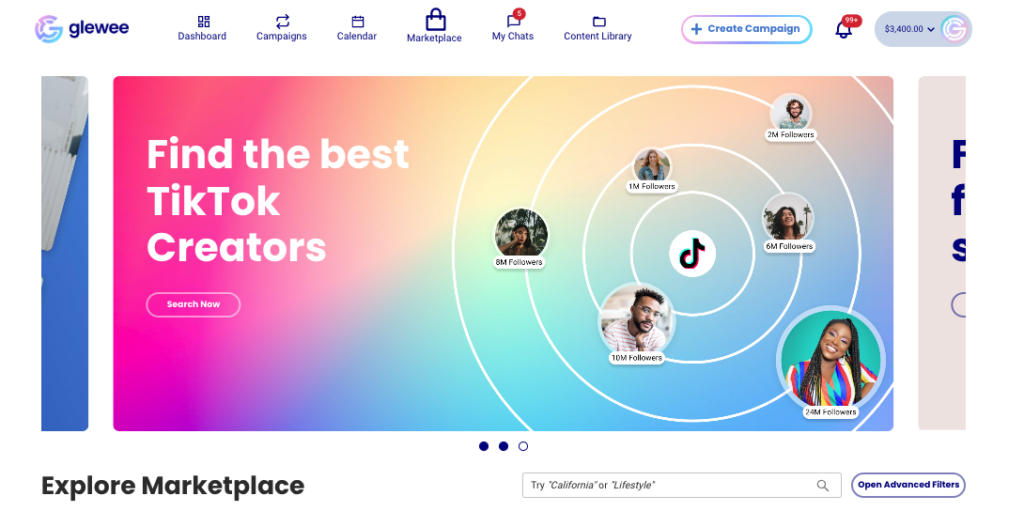
Psychology Sells
TikTok is revolutionizing retail, engaging the community, and making brands go viral. People contribute to social currency by sharing meaningful information, and TikTok has turned shopping into a means of belonging. Community commerce is built around this, and community commerce is what turned #TikTokMadeMeBuyIt into the product powerhouse it is today. People purchase products to participate in the TikTok experience, which is why the most fruitful part of “TikTok Made Me Buy It” is the comments section.
The conversation TikTok stimulates is what triggers people to buy and feel responsible for a product’s rise. TikTok has even led to the inception of some products (like Pink Sauce) because users become hungry for the opportunity to experience viral moments firsthand. Witnessing another consuming a product—either literally or figuratively—triggers an insatiable curiosity in users that makes them want to consume it beyond the screen. For this and the many reasons mentioned above, TikTok makes people buy things.

